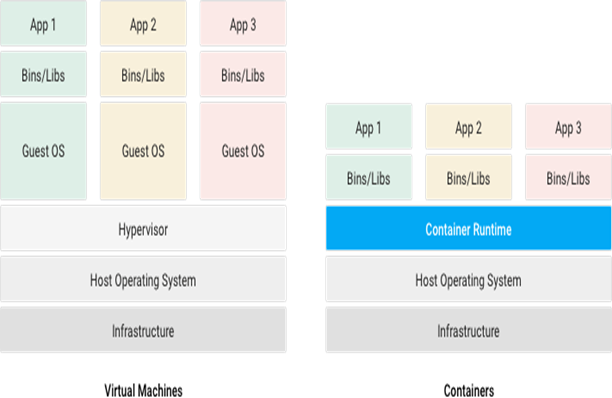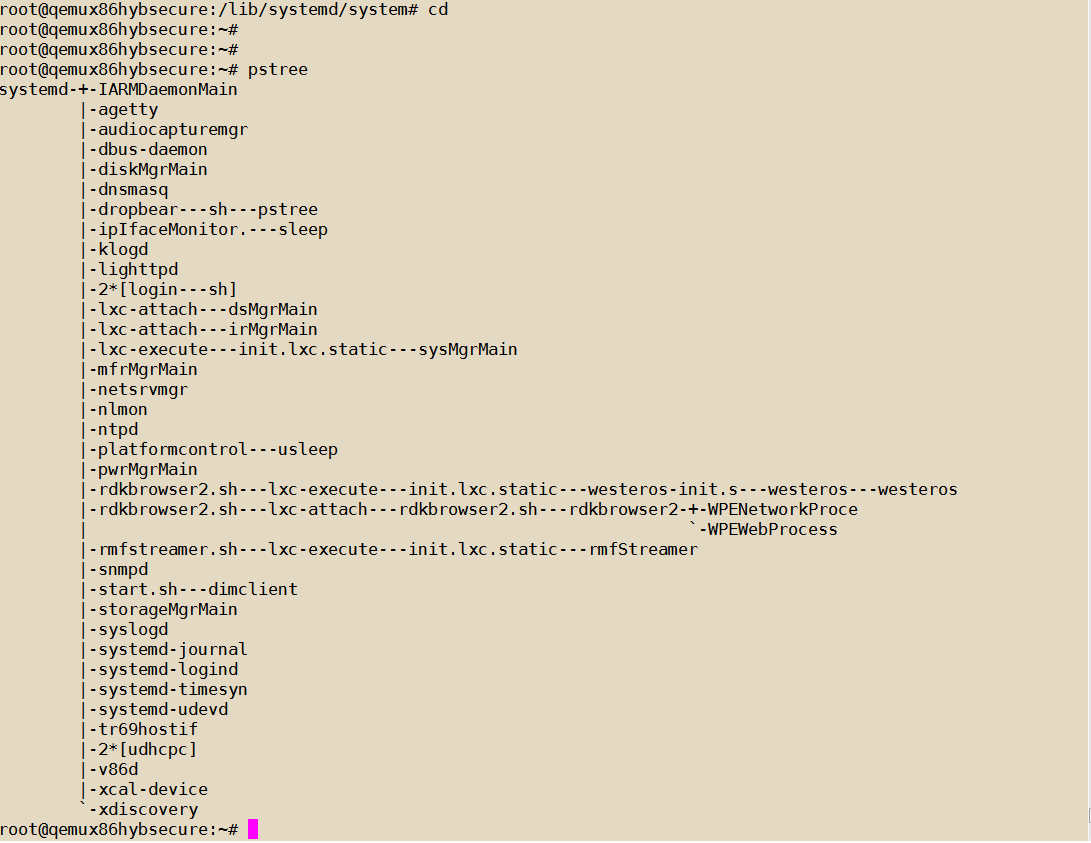...
Introduction
Advanced Adaptive Media Player (AAMP) is an application which uses gstreamer (AAMP) to present clear/encrypted HTTP Live Streams.(HLS)
HLS is a Media Streaming Protocol used for delivering visual and audio media over the internet. HLS uses the HTTP protocol and hence users can stream media from their regular web server. To Stream HLS data,source files are encoded at different data rates and will be split into chunks with the .ts file extension and manifest file .M3U8 file is created for maintaining index for the video chunks. For example, M3U8 file may give references to online files for an internet radio station. M3U8(MP3 URL that uses UTF-8-encoding)is a computer file format for a multimedia playlist.Although originally designed for audio files, such as MP3, it is now used to point both audio and video sources
Implementation details
Implemented containers
Playbintest
This utility is available in /usr/bin to test aamp plugin which by default takes aamp HLS as aamps://tungsten.aaplimg.com/VOD/bipbop_adv_example_v2/master.m3u8
gst-launch
AAMP can be tested with gst-launch using playbin.
WPELauncher
AAMP can be tested with WPELauncher. Please make sure environmental variables are set.
Building procedure
DEBUG Logs
To Enable logs,please export following
export GST_DEBUG=2,aamp:3,webkitmediaplayer:5
Test cases
aamp://devimages.apple.com/iphone/samples/bipbop/bipbopall.m3u8
aamps://tungsten.aaplimg.com/VOD/bipbop_adv_example_v2/master.m3u8
aamps://mnmedias.api.telequebec.tv/m3u8/29880.m3u8
...
Containers offer a logical packaging mechanism in which applications can be abstracted from the environment in which they run. Containers are often compared with virtual machines (VMs). a guest operating system such as Linux or Windows runs on top of a host operating system with virtual access to the underlying hardware. Like virtual machines, containers allow to package your application together with libraries and other dependencies, providing isolated environments for running your software services.
 Image Added
Image Added
Why Containers?
- Instead of virtualizing the hardware stack, containers virtualize at the operating system level, with multiple containers running atop the OS kernel directly which means containers are more lightweight: they share the OS kernel, start much faster, and use a fraction of the memory compared to booting an entire OS.
- Container consists of an entire run-time environment: an application, plus all its dependencies, libraries and other binaries, and configuration files needed to run it, bundled into one package. By containerizing the application platform and its dependencies, differences in OS distributions and underlying infrastructure are abstracted away.
Advantages of Containers
- A container may be only tens of megabytes in size, whereas a virtual machine with its own entire operating system may be several gigabytes in size.
- Containerization allows for greater modularity. Rather than run an entire complex application inside a single container, the application can be split in to modules.
Implementation details
...
Containers layer - meta-rdk-containers:
- Consists of main container image(rdk-generic-hybrid-lxc-image).
- Latest "lxc-container-generator" has been added for container generation at do_rootfs stage.
- Distro feature and latest lxc version updated in qemux86hybsecure.conf.
Emulator layer - meta-rdk-bsp-emulator:
- Added emulator specific package groups and plugins to the container image.
New Container generation process:
This subsection describes how the new container generation process is replacing the earlier process.
- In this process containers will be generated using "lxc-container-generator" recipe, which will use corresponding .xml files to generate containers.
- All dependencies(such as required binaries,libraries,script files) will be provided in each container .XML file.
- For permissions of files "add-users-groups-file-owners-and-permissions.inc" file has been added.
- At rootfs stage containers will be generated in /container path of rootfs.
- Each container will consists of corresponding script (.sh) file for launching that particular container.
- Every process will be launched from corresponding component service file. Single (or) multiple processes can be launched/attached to container.
XML and conf files:
- All required XML and configuration files are placed along with lxc-container-generator recipe in meta-rdk-bsp-emulator layer.
Service files:
- In platformcontrol container:
Three service files added for launching corresponding processes inside container (sysmgr.service, irmgr.service and dsmgr.service) .
- In rmfstreamer container:
rmfstreamer.service file has been added.
- In rdkbrowser2 container:
rdkbrowser2.service file has been added.
Implemented containers
...
Platformcontrol
- runs sysmgr,irmgr and dsmgr processes inside container.
- sysmgr will be launched in new container using lxc-execute.
- irmgr and dsmgr processes has been attached to same container using lxc-attach.
Rmfstreamer
- runs rmfstreamer inside container.
- rmfstreamer will be launched in new container using lxc-execute.
Rdkbrowser2
- runs rdkbrowser2 browser application inside container.
- westeros will be launched in new container using lxc-execute.
- rdkbrowser2 will be attached to the same container using lxc-attach.
Note: As we are in the plan of bringing APPmanager as default application we are not running rdkbrowser2 service file on boot-up.
Building procedure
...
- repo init -u https://code.rdkcentral.com/r/manifests -b rdk-next -m rdkv-asp-extsrc.xml
- repo sync --no-tags
- source meta-cmf-bsp-emulator/setup-environment
- meta-rdk-containers/conf/machine/qemux86hybsecure.conf
- bitbake rdk-generic-hybrid-lxc-image
Container verification
...
- pstree can be used to track the list of containers running as below.
 Image Added
Image Added
- ps -Af | grep lxc also lists the current running containers.
 Image Added
Image Added
DEBUG Logs
...
- strace can give more debug information about containers:
Example:
strace -f -o lxc-execute.log /usr/bin/lxc-attach -n PLATFORMCONTROL -f /container/PLATFORMCONTROL/conf/lxc.conf
-u 704 -g 704 -- /usr/bin/dsMgrMain
- lxc-execute.log for debugging purpose.
Test cases
...
- RMFAPP can be used to verify rmfstreamer container.
Example: play http://192.168.2.68:8080/vldms/tuner?ocap_locator=ocap://0x125d - RDKBROWSER2 can be used to launch any URL.
Example: systemctl enable rdkbrowser2.service
systemctl start rdkbrowser2.service - user can see the webpage in rdkbrowser2.
If user wants to change URL, then we need to enter into this container and need to change rdkbrowser2.sh binary as below:
systemctl stop rdkbrowser2.service
systemctl stop westeros-setup.service\
use command:
/usr/bin/lxc-execute -n RDKBROWSER2 -f /container/RDKBROWSER2/conf/lxc.conf – /bin/sh
and then change url in /usr/bin/rdkbrowser2.sh file inside this container environment.
Reference
...
...
![]()